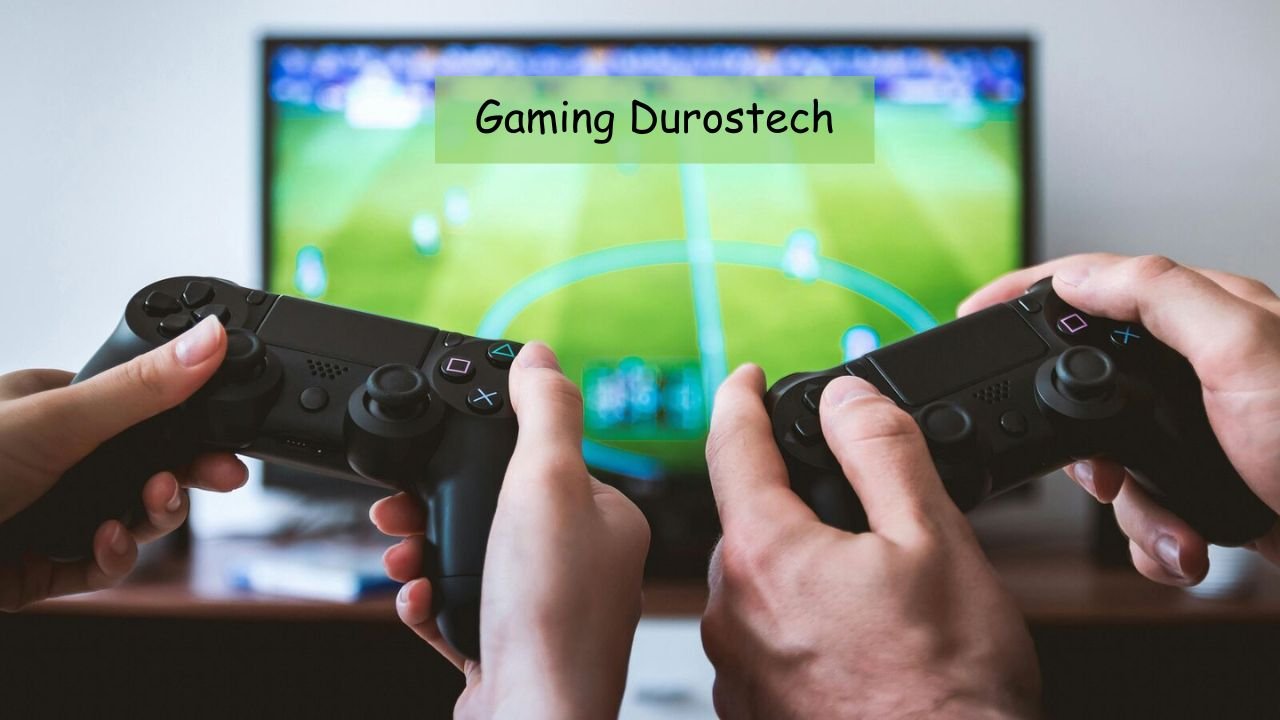Can radiofrequency microneedling actually tighten skin while simultaneously improving texture and scarring? RF microneedling treatment Singapore combines traditional microneedling with radiofrequency energy, creating controlled micro-injuries while delivering heat deep into the dermis. This dual-action approach stimulates collagen production at multiple skin layers simultaneously, addressing texture concerns and skin laxity. The procedure uses insulated needles that penetrate 0.5mm to 3.5mm into the skin, releasing radiofrequency energy at predetermined depths to trigger natural healing responses without damaging the skin surface.
The technology differs from traditional microneedling by incorporating bipolar radiofrequency energy that heats tissue to 60–70°C at needle tips. This thermal effect causes immediate collagen contraction and initiates neo-collagenesis—the formation of new collagen fibers—over the following months. Current devices allow practitioners to adjust needle depth, energy levels, and pulse duration based on treatment areas and skin thickness, enabling customized protocols for different concerns.
How RF Microneedling Works
The procedure begins with topical numbing cream applied 30–45 minutes before treatment to minimize discomfort. Once the skin reaches numbing, the practitioner uses a handheld device with a disposable tip containing gold-plated microneedles. These needles penetrate the skin in a stamping motion, with each pulse lasting 100–300 milliseconds.
During needle insertion, the device delivers radiofrequency energy through the needle tips directly into targeted tissue layers. The insulated needle shaft prevents heat damage to the epidermis while concentrating thermal energy at specific depths. This controlled heating creates coagulation zones that trigger wound healing cascades, including fibroblast activation, growth factor release, and extracellular matrix remodeling.
Treatment parameters vary based on the area and concern. A healthcare professional will determine appropriate needle depths and power settings for each individual case. The practitioner performs multiple passes over treatment areas, adjusting depths between passes to target different skin layers.
Post-treatment, the micro-channels created by needles remain open for 4–6 hours, allowing enhanced absorption of serums or growth factors applied immediately after the procedure. The skin’s natural healing process begins within hours, with initial inflammation subsiding within 24–48 hours and collagen remodeling continuing for months.
Treatment Results Timeline
Initial results may appear within 2–3 weeks as existing collagen contracts and skin texture begins improving. The micro-wounds heal completely within 5–7 days, revealing smoother skin with reduced pore visibility. During weeks 3–6, new collagen formation accelerates, creating subtle lifting effects and improved skin elasticity.
Results may develop between months 3–6 post-treatment as collagen remodeling reaches maximum levels. Dermal thickness increases in treated areas, with corresponding improvements in skin firmness. Fine lines around the eyes and mouth soften progressively during this period, while deeper wrinkles show gradual improvement with sequential treatments.
💡 Did You Know?
RF microneedling can treat areas traditional lasers struggle with, including the delicate neck area, upper eyelids, and even stretch marks on various body parts, thanks to adjustable needle depths and energy settings.
Skin tightening effects continue developing for up to one year post-treatment as collagen maturation progresses. The lifting effect appears most pronounced along the jawline and lower face, where skin laxity typically develops first. Results last 12–18 months on average, though maintenance treatments every 6–12 months can extend benefits indefinitely.
Recovery Process and Downtime
Immediately post-treatment, skin appears red similar to moderate sunburn, with mild swelling developing within 2–4 hours. The redness intensity correlates with treatment parameters—deeper needle penetration and higher energy create more pronounced initial reactions. Pin-point bleeding may occur during treatments but stops within minutes.
Day 1–2 brings peak swelling, particularly around the eyes and cheeks. Skin feels warm and tight, with a sandpaper-like texture developing as micro-crusts form over needle channels. These tiny scabs protect healing tissue and should not be picked or scrubbed away. Cold compresses applied for 10-minute intervals may help manage swelling and discomfort.
Days 3–5 mark the peeling phase. Micro-crusts naturally slough off, revealing pink, sensitive new skin underneath. Skin may feel dry and itchy during this period—gentle moisturizers without active ingredients may provide relief. Mineral-based sunscreen is recommended once crusts clear, as new skin remains photosensitive for several weeks.
By day 7, most visible signs of treatment resolve. Residual pinkness may persist for another week in sensitive individuals or after certain treatments. Makeup application may resume once all crusts have cleared naturally. Exercise restrictions may lift after 48–72 hours, though swimming pools and saunas should be avoided until day 7.
⚠️ Important Note
Post-treatment skin remains vulnerable to UV damage for several weeks. A healthcare professional can advise on appropriate sun protection measures, including daily SPF 30+ application.
Factors Affecting Treatment Costs
RF microneedling pricing in Singapore varies depending on:
- Device technology and generation (newer systems with automated depth control cost more)
- Treatment area size (full face vs targeted zones)
- Practitioner expertise and qualifications
- Clinic location and overhead costs
- Number of sessions and package discounts
Package deals often include multiple sessions, serums, or LED add-ons for enhanced recovery and results.
Combination Treatments and Protocols
RF microneedling often pairs with platelet-rich plasma (PRP), chemical peels, or laser procedures to optimize outcomes. The sequence and timing matter—IPL or pigment-focused lasers are best done before RF microneedling, while deeper collagen-stimulating treatments follow a few weeks after.
Injectables such as botulinum toxin and fillers should be timed strategically to avoid interference with treatment areas. Always consult a qualified aesthetic practitioner for a customized treatment timeline.
Suitability and Contraindications
RF microneedling suits individuals with mild to moderate skin laxity, acne scars, enlarged pores, and uneven texture. It’s generally safe for Fitzpatrick skin types I–V when parameters are adjusted properly. Contraindications include:
- Active acne or infection
- Recent isotretinoin use
- Uncontrolled diabetes
- Autoimmune collagen disorders
- Metal implants or pacemakers in the treatment area
- Pregnancy or breastfeeding
✅ Quick Tip:
Prepare your skin with antioxidants and stop active ingredients (like retinoids) 3–5 days before treatment to minimize irritation.
Commonly Asked Questions
How does RF microneedling differ from regular microneedling?
RF microneedling adds radiofrequency heat to collagen stimulation, tightening deeper layers of skin for more dramatic results.
Can it replace a facelift?
No, but it’s an excellent preventive and maintenance treatment for mild to moderate skin laxity.
How many sessions are needed?
Typically 3–6 sessions spaced 4–6 weeks apart for visible results.
What does it feel like?
Most patients describe the sensation as warm, prickly pressure—manageable with numbing cream.
Conclusion
RF microneedling effectively improves texture, firmness, and overall skin quality through combined mechanical and thermal collagen stimulation. Results appear gradually over 3–6 months and last up to 18 months with proper care.
If you’re considering this treatment for acne scars, wrinkles, or skin tightening, consult a qualified aesthetic doctor to determine your suitability.



